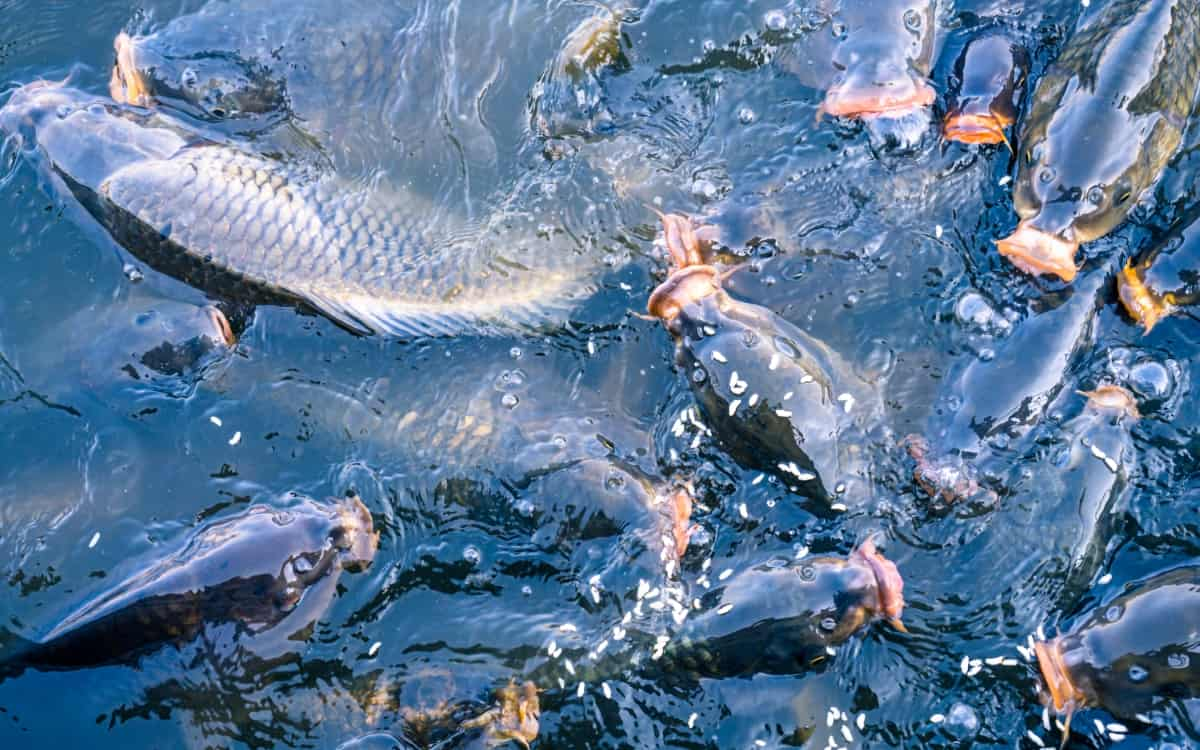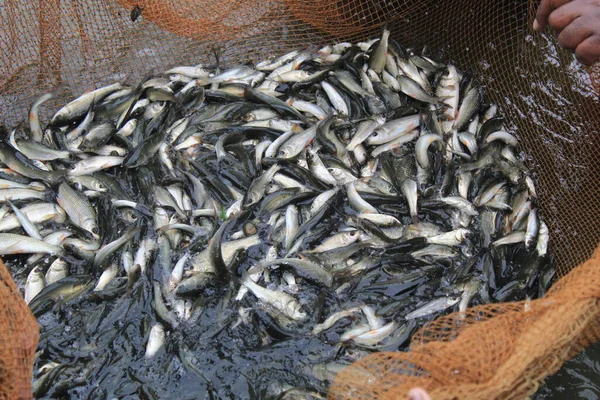Sustainable fishing practices are crucial for maintaining the health of local ecosystems. By employing responsible fishing methods, we can ensure the long-term viability of marine and freshwater resources while minimizing negative impacts on the environment. Here’s a comprehensive LeoList overview of sustainable fishing practices and their impact on local ecosystems:
- Regulation and Monitoring
Establishing and enforcing fishing regulations, such as catch limits and fishing seasons, helps prevent overfishing and allows fish populations to replenish.
Implementation of monitoring programs to track fish populations and ensure compliance with regulations is essential for sustainable management.
- Reduced Bycatch
Bycatch, the unintentional capture of non-target species, can have significant ecological impacts. Sustainable fishing practices aim to minimize bycatch through the use of selective fishing gear and techniques.
- Habitat Protection
Sustainable fishing involves protecting essential habitats for fish and other marine life, such as coral reefs, seagrass beds, and mangroves, which are critical for ecosystem health.
- Ecosystem-Based Fisheries Management
This approach considers the entire ecosystem, including the interactions between different species and the environment, to ensure sustainable fishing without causing harm to other organisms or disrupting the ecosystem balance.
- Aquaculture
Responsible aquaculture practices can relieve pressure on wild fish stocks by providing an alternative source of seafood. When conducted sustainably, aquaculture can reduce the impact of fishing on natural ecosystems.

- Community Involvement
Involving local communities in fisheries management and decision-making processes fosters a sense of ownership and encourages responsible stewardship of natural resources.
Impact on Local Ecosystems
- Preservation of Biodiversity
Sustainable fishing practices help maintain biodiversity by preventing the overexploitation of certain species and protecting non-target species from bycatch.
- Ecosystem Resilience
By avoiding excessive fishing pressure, ecosystems can better withstand environmental changes and maintain their ecological balance.
- Economic Benefits
Sustainable fishing supports local economies by ensuring the availability of fish stocks for future generations and maintaining the livelihoods of fishing communities.
- Conservation of Habitats
Protecting essential habitats for fish and other marine organisms contributes to the overall health and resilience of the ecosystem.
- Enhancement of Recreational Fishing
Sustainable fishing practices contribute to the preservation of recreational fishing opportunities, which are important for local tourism and the well-being of communities.
Bottom Line
Sustainable fishing practices play a pivotal role in safeguarding local ecosystems by promoting responsible resource management, preserving biodiversity, and supporting the long-term sustainability of fisheries. By embracing LeoList practices, we can ensure that our oceans and freshwater environments remain healthy and productive for future generations.


